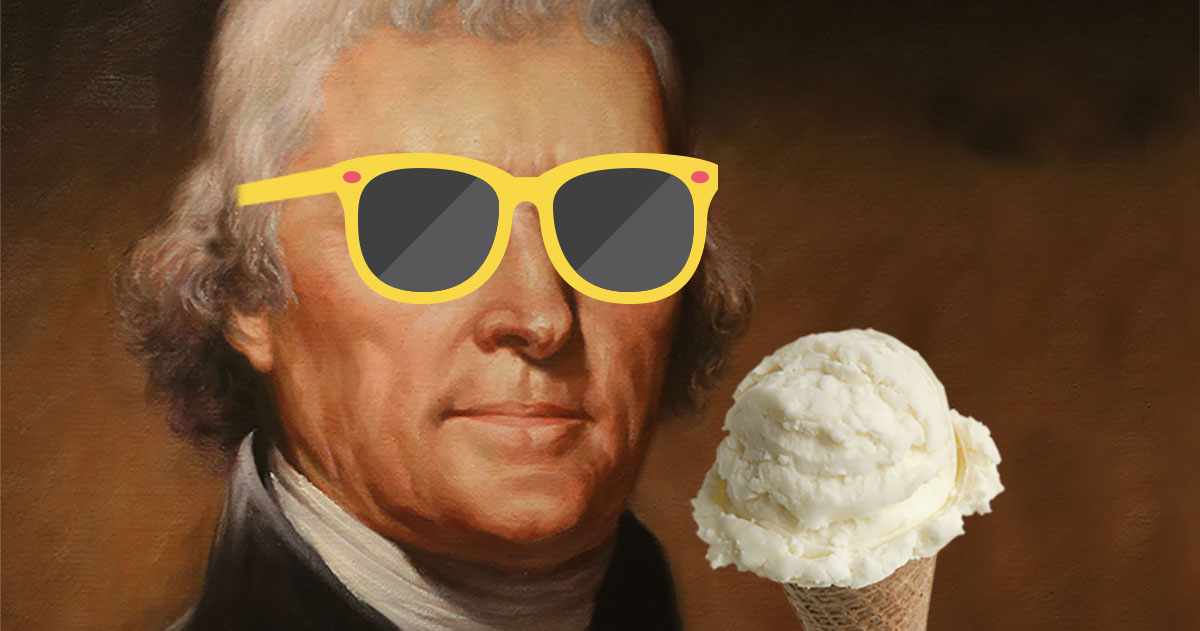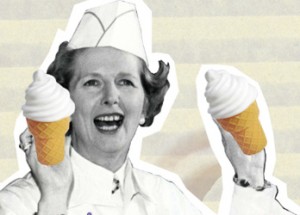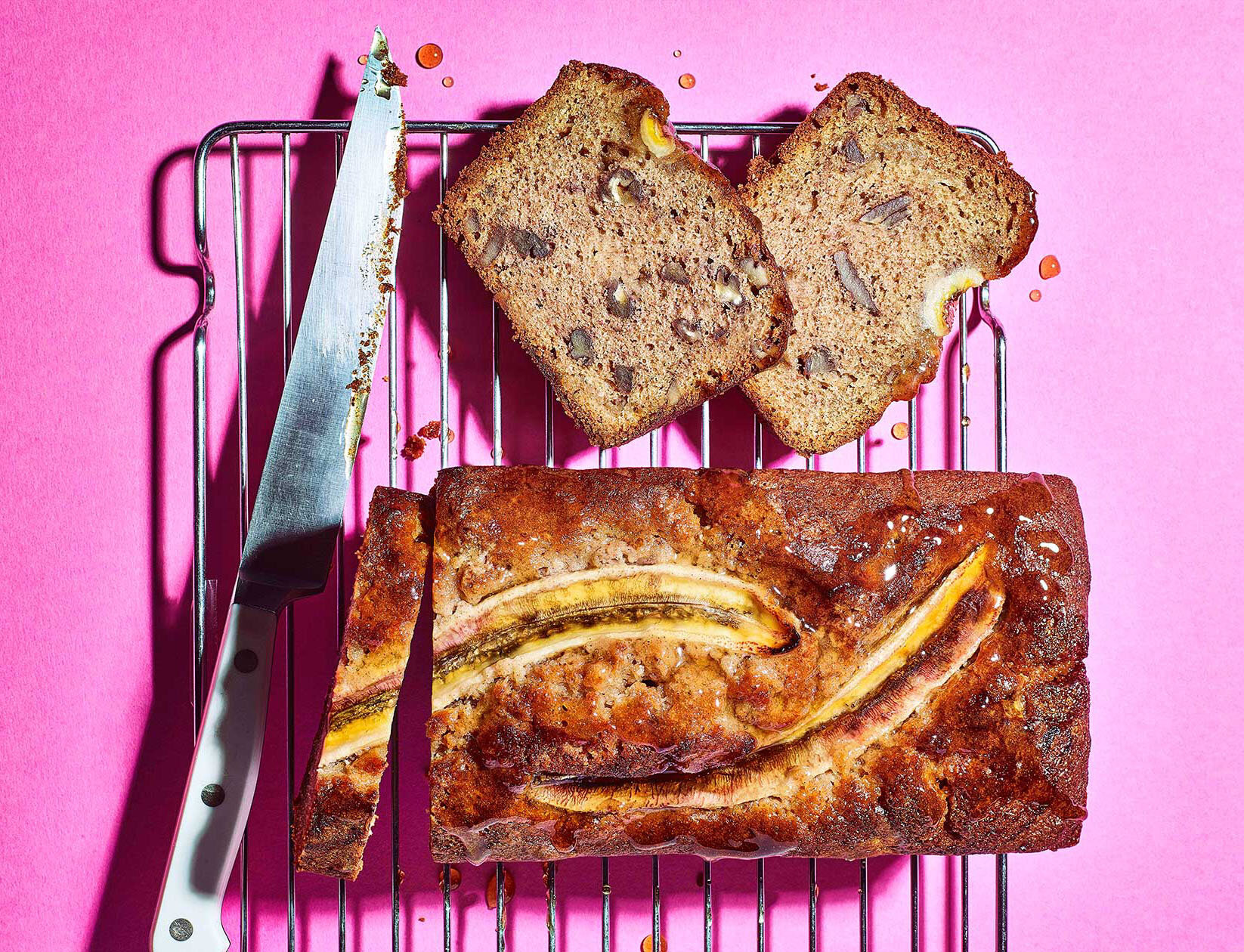What's the scoop? 6 facts on the history of ice cream
Six ice-cold facts on the history of ice cream.
1. Thomas Jefferson brought vanilla ice cream to the States
Thomas Jefferson, third President of the USA, wrote the first recorded recipe for ice cream in America. The flavour of which would become one of the country’s most loved; vanilla.
As American minister to France during the 1780s, he likely brought the recipe for vanilla ice cream back sometime after this. Vanilla wasn’t the common, unloved flavour it is today. In fact, back then it was an exotic ingredient. So hard to come by, in fact, that Jefferson struggled to get hold of whole beans and had to use his contacts in Paris and beyond to source the expensive Mexican pods.
On the back of his recipe - which is kept in the Library of Congress - Jefferson scrawled another recipe for Savoy biscuits, which he recommended eating with the dessert.
Interestingly, many people still believe (probably incorrectly) that it’s because of vanilla’s early use in ice creams that it became associated with off-white, rather than black, it’s natural colour.
Jefferson also brought back other recipes for foods that would become staples of the American diet, including French fries and macaroni cheese.
🍦 🍦 🍦 🍦 🍦 🍦
2. The ice cream cone was (probably) invented by a Victorian celebrity chef named Agnes
Agnes Bertha Marshall was a Victorian culinary entrepreneur who’s credited with inventing the ice cream cone, as well as making ice cream with liquid air. Described by food historian Emma Kay as an ‘incredible culinary leader and innovator’, she’s sadly been neglected by mainstream history, lacking the credit due to her.
Known as the Victorian ‘Queen of Ices’, Mrs Marshall, who hailed from Walthamstow in north-east London, wrote four best-selling cookbooks, including the popular The Book of Ices. She also founded a successful cookery school, launched a magazine and produced a range of kitchen products.
Arguably her greatest invention was the ice cream cone. The first recorded recipe appears in her 1888 book, Mrs Marshall’s Cookery Book, while her work Fancy Ices, published in 1894, includes recipes for a number of different varieties, including one flavoured with vanilla and orange flower water and another covered with chopped pistachios. According to Felicity Cloake, writing in the New Statesman, Agnes was an advocate of food hygiene and helped move ice cream away from unsanitary ‘penny lick’ glasses that were rarely cleaned and helped spread tuberculosis. Her edible cornet was much cleaner and, I assume, far tastier.
But Anne Funderburg, a food historian, said she’s discovered seven different origin stories for the ice cream cone, including a Turkish waffle vendor at the 1904 World’s Fair, the Akron brothers from Ohio, and an Italian immigrant who was frustrated with the litter caused from paper cones.
🍦 🍦 🍦 🍦 🍦 🍦
3. Margaret Thatcher didn’t invent the Mr Whippy
After Margaret Thatcher died in 2013, a number of news outlets, including The Washington Post and The Atlantic, reported that the former British prime minister had ‘helped invent soft-serve ice cream’.
According to a 1983 New Scientist article, after graduating from Oxford, Thatcher took a job ‘developing emulsifiers for ice creams for Joe Lyons [a British food manufacturer] from 1949-51.’ She was, supposedly, part of the team who developed the method for whipping air into ice cream, paving the way for the ubiquitous soft-serve, which was spread thanks to Mr Whippy ice cream vans.
But as Daniel Fromson points out in The New Yorker, this is a ‘frozen-dessert origin myth’. Sadly for ‘Milk Snatcher’ Thatcher, it’s generally agreed that soft-serve ice cream was pioneered in the US, not Britain, and that it had already reached J. Lyons about ten years before Thatcher turned up. However, the Royal Society does note that the ex-PM did work on ‘testing the quality of cake-fillings and ice-cream’ as well as ‘pie-fillings’.
🍦 🍦 🍦 🍦 🍦 🍦
4. In 1980s Glasgow, it was risky business running an ice cream van
There was a time in the not too distant past when Glasgow was known as the ‘murder capital of Europe’. One of the most intriguing stories from this period was the Glasgow Ice Cream Wars, in which criminal gangs sold drugs and stolen goods from ice cream vans, leading to a turf war between rival organisations.
Competing vendors churned up trouble by firing shots at each other’s vans. The violence peaked in 1984 after a rival faction burned down the house of 18 year old Andrew ‘Fat Boy’ Doyle, killing him along with five members of his family. Doyle had been targeted after refusing to sell drugs from his ice cream van.
The conflicts caused public outrage, and the perceived failure and inaction of the Strathclyde Police earned them the nickname the ‘Serious Chimes Squad’.
But don’t think the link between ice cream vans and crime is unique to Scotland. It’s not. Felicity Cloake traces their ties to criminal history in her New Statesman article ‘Cones and cocaine: the ice cream van's links with organised crime’.
🍦 🍦 🍦 🍦 🍦 🍦
5. Wall’s made sausages 136 years before ice cream
Wall’s, the company that makes both sausages and ice cream (including Magnum, Cornetto, Carte D’Or and Solero), has its roots solidly in the meat business. According to their website, it all started in 1786 in a butcher’s shop - T. Walls & Sons Ltd - in St James’ Market, London, with a man named Richard Wall.
The sausage business was going well but every summer the company had to lay off staff as the demand for bangers, pies and meat declined. In 1913, Thomas Wall II, Richard’s grandson, realised that ‘sausages aren’t the most refreshing snack during the summer’ and had the idea to make ice cream to ‘increase summer sales and save the jobs of his employees’.
It wasn’t until 1922, after WWI had ended, that the company began making ice cream ‘the American way’. They sold their products using horse and carts and tricycles, rapidly rising in popularity. In 1922 they had 10 tricycles on the streets of London; by 1939 they had 8,500.
Sadly us Brits can’t claim ownership over some of Wall’s most famous frozen delights. The Cornetto was invented in Italy in 1959 and the Magnum in Belgium in 1989. Don’t worry though, the Viennetta was developed in Gloucester, England by three men named Kevin, Ian and Gordon.
🍦 🍦 🍦 🍦 🍦 🍦
6. Mint choc chip was invented by a catering student in Torquay for Princess Anne’s wedding (maybe)
Disclaimer: This story is floating around the Internet and I can’t back up, but it’s fun so I’m including it anyway.
According to some blogs, the first mint choc chip ice cream appeared in Devon, England in 1973 after Marilyn Ricketts, a student at Torquay Catering College, entered an ice-cream competition in which the winning flavour would be served at the wedding of Princess Anne and Captain Mark Phillips. Her winning combination was originally called Mint Royale and quickly became popular on both sides of the Atlantic, particularly in the USA where it’s now the nation’s fifth favourite flavour.
Marilyn, Princess Anne or Captain Phillips, if you’re reading this and you know it to be true, please DM me.












